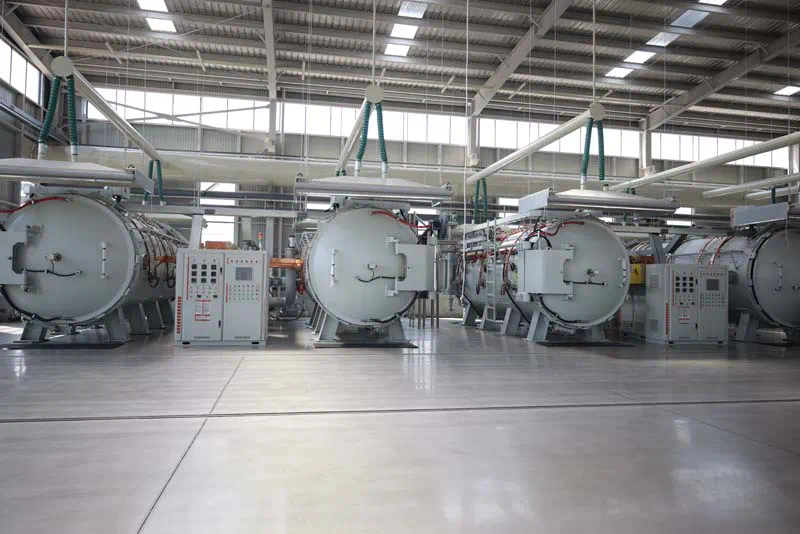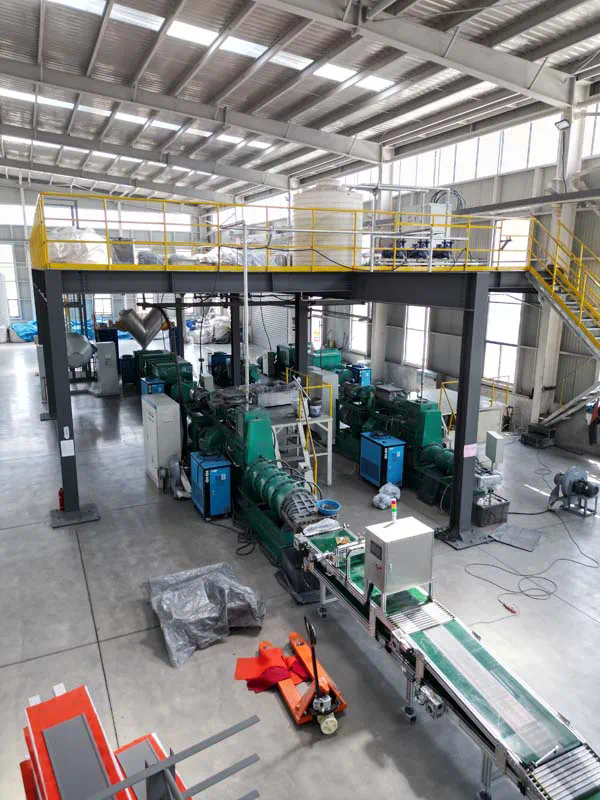Innovative Designs in Silicon Carbide Kiln Furniture
Silicon carbide (SiC) kiln furniture has emerged as a pivotal component in the ceramics industry, playing a crucial role in the firing process of various ceramics, including porcelain, stoneware, and other high-temperature materials. As manufacturers look for ways to improve efficiency, reduce costs, and enhance the quality of their products, innovative designs in silicon carbide kiln furniture have become increasingly important.
Silicon carbide is known for its exceptional thermal stability, mechanical strength, and resistance to oxidation. These properties make SiC an ideal material for kiln furniture, which typically includes kiln shelves, props, and support structures that withstand extreme temperatures during the firing process. Recent advancements in the design and composition of silicon carbide kiln furniture have led to significant improvements in performance and durability.
h2: Evolution of Kiln Furniture Materials

Historically, kiln furniture has been made from a variety of materials, including clay, alumina, and cordierite. However, these traditional materials often suffer from limitations, such as low thermal shock resistance and susceptibility to warping or deformation under high temperatures. silicon carbide crucible for sale The introduction of silicon carbide as a kiln furniture material revolutionized the industry, offering enhanced performance characteristics that address many of these shortcomings.
One of the key advantages of silicon carbide is its ability to withstand extremely high temperatures, often exceeding 1400°C. This property allows for efficient firing cycles, resulting in shorter firing times and lower energy consumption. Furthermore, the mechanical strength of SiC ensures that kiln shelves and props remain stable and intact, even under the weight of heavy ceramic loads.
h3: Innovative Design Features
Recent innovations in silicon carbide kiln furniture have focused on optimizing design features to further enhance performance. One notable trend is the development of modular kiln furniture systems, allowing for greater flexibility in kiln configurations. These modular designs enable manufacturers to customize their kiln setups based on specific firing requirements, leading to improved efficiency and reduced waste.
Another area of innovation is the use of advanced manufacturing techniques, such as 3D printing and precision casting. These methods allow for the creation of intricate designs that maximize surface area while minimizing weight. The resulting kiln furniture is not only lighter but also provides better heat distribution, contributing to more uniform firing results.
Additionally, some manufacturers have begun to incorporate composite materials into their kiln furniture designs. By combining silicon carbide with other high-performance materials, they can create kiln furniture that offers enhanced thermal conductivity and even greater resistance to thermal shock. This composite approach represents a significant advancement in kiln furniture technology, pushing the boundaries of what is possible in high-temperature firing environments.
h2: Benefits of Silicon Carbide Kiln Furniture
The benefits of using silicon carbide kiln furniture extend beyond improved performance. One of the most significant advantages is the longevity of SiC components. Traditional kiln furniture often requires frequent replacement due to wear and damage from high-temperature operations. In contrast, silicon carbide kiln furniture can last much longer, reducing maintenance costs and downtime.
Moreover, silicon carbide kiln furniture is less prone to contamination than other materials. This characteristic is particularly important when firing high-quality ceramics, where even minute impurities can affect the final product’s appearance and performance. By minimizing the risk of contamination, manufacturers can ensure higher-quality output and greater customer satisfaction.
h3: Environmental Considerations
As sustainability becomes an increasingly critical concern in manufacturing, the environmental impact of kiln furniture materials is gaining attention. Silicon carbide is a more environmentally friendly option compared to traditional materials, as it can be produced using fewer resources and generates less waste. Additionally, the energy savings associated with faster firing cycles contribute to a smaller carbon footprint for manufacturers.
Innovative designs in silicon carbide kiln furniture not only improve performance but also align with green manufacturing practices. Manufacturers are exploring ways to recycle and repurpose SiC components at the end of their life cycle, further reducing waste and promoting sustainability in the ceramics industry.
h2: Case Studies in Innovation
Several companies have led the way in adopting innovative designs in silicon carbide kiln furniture. For instance, a leading ceramics manufacturer implemented a modular kiln furniture system, enabling them to optimize their kiln layout based on specific firing runs. This customization resulted in a 20% reduction in energy consumption and significantly improved product quality.
Another case study highlights the success of 3D-printed silicon carbide components. A manufacturer specializing in technical ceramics introduced 3D-printed kiln shelves that featured complex geometries designed to enhance heat distribution. The new shelves not only improved firing uniformity but also reduced the overall weight of the kiln furniture, allowing for greater loading capacity.
These real-world examples demonstrate how innovative designs in silicon carbide kiln furniture can lead to tangible benefits for manufacturers, enhancing both operational efficiency and product quality.
h3: Future Trends in Kiln Furniture Design

Looking ahead, several trends are likely to shape the future of silicon carbide kiln furniture design. One notable direction is the ongoing development of smart kiln furniture equipped with sensors and monitoring technology. These advancements could provide real-time data on temperature, humidity, and other critical firing conditions, allowing for more precise control over the firing process.
Additionally, as the demand for high-performance ceramics continues to grow, manufacturers may seek to further enhance the properties of silicon carbide kiln furniture through the incorporation of nanotechnology. By manipulating materials at the nanoscale, it may be possible to create kiln furniture with even greater thermal resistance and strength.
Finally, the integration of artificial intelligence (AI) and machine learning into the design and manufacturing processes may lead to more efficient production methods and optimized designs tailored to specific firing needs. This technological evolution promises to drive further advancements in kiln furniture, ensuring that manufacturers have access to the best possible tools for their craft.
h2: Conclusion
In conclusion, innovative designs in silicon carbide kiln furniture represent a significant advancement in the ceramics industry. With superior thermal stability, mechanical strength, and resistance to contamination, silicon carbide has become the material of choice for kiln furniture. As manufacturers continue to explore new design possibilities, the benefits of silicon carbide kiln furniture will only grow, driving efficiency, sustainability, and product quality.
The future of kiln furniture design is bright, with exciting developments on the horizon that promise to revolutionize the firing process for ceramic manufacturers. As the industry embraces these innovations, silicon carbide kiln furniture will undoubtedly play a central role in shaping the future of ceramics.
https://iflatiron.com/



